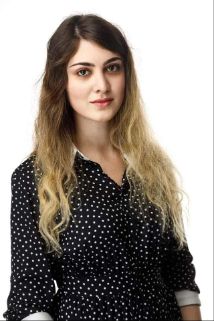Guest lectures and seminars - Page 31
As a consequence of the S-duality conjecture, Vafa and Witten conjectured certain symmetries concerning invariants derived from spaces of vector bundles on a closed Riemannian four-manifold. For a smooth complex projective surface X, a satisfying mathematical definition of Vafa-Witten invariants has been given by Tanaka and Thomas. Their invariants are a sum of two parts, one of which can be defined in terms of moduli spaces of stable vector bundles on X. Focusing on this instanton part of the VW invariants one can ask how it changes under blowing up the surface X. I will discuss joint work with Oliver Leigh and Yuuji Tanaka that answers this question.
I will explain how a recent “universal wall-crossing” framework of Joyce works in equivariant K-theory, which I view as a multiplicative refinement of equivariant cohomology. Enumerative invariants, possibly of strictly semistable objects living on the walls, are controlled by a certain (multiplicative version of) vertex algebra structure on the K-homology groups of the ambient stack. In very special settings like refined Vafa-Witten theory, one can obtain some explicit formulas. For moduli stacks of quiver representations, this geometric vertex algebra should be dual in some sense to the quantum loop algebras that act on the K-theory of stable loci.
When a body (such as an offshore structure and ship) exists on the surface of the ocean, it is influenced by waves. At the same time, waves are deformed by the body. This interaction is essential for considering the problems of bodies in waves. Although these are complicated systems, the theory is well-established based on linear potential flow, and this explains these phenomena very well.
In the seminar, some applications of potential theory-based analysis are shown, including the seakeeping of a ship, multi-bodies interaction, and elastic plate in waves. In addition, the progress of the study of wave-ice interaction in a marginal ice zone is presented which is a current work in UiO.

